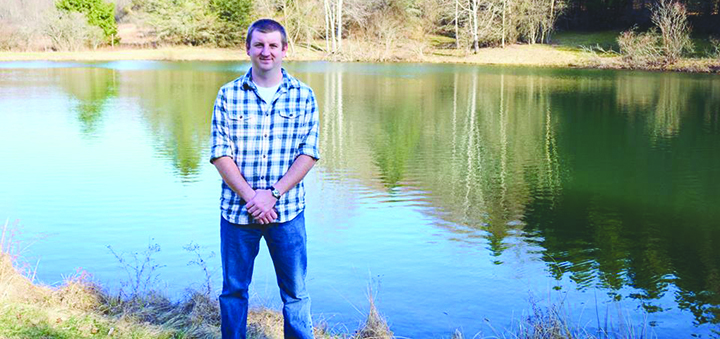Outdoor Chenango: Scent Or No Scent?
Published:
October 19th, 2022
By:
Eric Davis

There are a few schools of thought when it comes to scent and deer hunting, with some of those thought processes being in direct opposition of each other while others overlap.
White-tailed deer have a very powerful sense of smell, with almost 300 million olfactory receptors in their nose. Humans have 5 million of those receptors.
This superior sense of smell is one aspect of how deer survive predators. The ability to detect the presence of something that doesn’t belong there before it is too close allows the deer to get away before being eaten.
So, the first thing many hunters focus on is keeping the deer from smelling them. Scent elimination (really scent control because elimination is impossible) for many hunters includes a ritual of how their hunting attire is laundered, dried, and stored.
Using scent-free detergent is usually step one. Then dryer sheets with no scent or hanging them to dry outside is step two. Third is storing them in an airtight container such as a tote or duffel bag.
In recent years, the use of ozone generators has become popular. Ozone is three oxygen molecules together compared to the usual two oxygen molecules in the atmosphere that we breath. That extra molecule likes to break free and attach to other things, such as bacteria that cause odors. This kills the bacteria, keeping them from replicating and become smelly. Ozone can be damaging to some materials so using it as a scent elimination method can hurt more than help some things. It also can have negative health impacts on people so it should only be used for treating clothing and equipment when in a container.
The next way of looking at the smelling abilities of deer is to fool them by smelling like the outdoors. Many scent elimination companies have spray bottles with “earthy” scents that smell like scuffed up dirt and leaves. Some hunters swear by storing their clothes in totes with leaves and pine needles in the bottom to imprint that odor into their clothes.
By smelling like stirred up dirt or leaves, the hunter hopes this keeps the nose of the deer from smelling the human aspect of their presence in the woods. Some companies sell wafers that hunter can put on their clothes or equipment that have a continuous cover scent for the area around their stand or blind.
Some hunters like to use additional cover scents to hide their presence from the deer. Fox urine is a common cover scent that is sprayed on the hunter’s boots before walking through the woods. Then their trail to their stand has the smell of a fox in it. Another way to try to fool the nose of a deer is to use deer scents such as doe-in-heat urine or tarsal glands. These scents can cause deer to go into a zone of focus on the scent and its source while basically forgetting all about the world around them. However, sometimes it can have the opposite effect and cause them to turn around and run when they smell it.
The last way to face a deer’s smell is to do nothing. There are a lot of hunters who smoke in their stand or on the walk in or out of the woods. There are plenty of stories of deer walking down the trail sniffing where a hunter was spitting from their chewing tobacco.
So feel free to mix and match this year with your scent game and you might find something that works that you’ve never tried before.
Author: Eric Davis - More From This Author
Comments










